In this article, I’m gonna share you with 5 effective strategies for how to EQ drums in audio mixing?
We all know that drums are the most important part of the rhythm section in most genres. If it is not mixed properly, the whole song would ruin.
So, mixing drums in the right way is crucial for us. The very common problem that we face when mixing drums are Equalizing.
So without wasting time, let’s dig into it…
Table of Contents
How to EQ Drums in Audio Mixing
In most genres, drums are a common instrument. As it’s the main part of the rhythm section for the songs, we should take this instrument seriously.
If we are failed to equalize the drums in the right way, this could change the overall quality of the song. However, just EQing is not the full process of mixing but it takes an important role in that.
Here you will be encountered with 5 effective strategies to EQ Drums in Audio Mixing.
First off…
Disclosure: This post may contain affiliate links, which means we may receive a commission if you click a link and purchase something that we recommended. Read more about Affiliate disclosure here.
Fine tuning
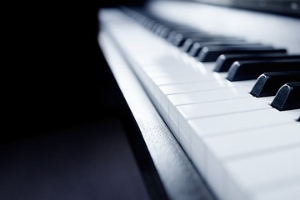
As drums are not melodic instruments, tuning them is not necessary but if you tune the pitch with the song, it will be more clear and more acclimatized.
To tune up the drums you should use these approaches.
- Try to tune kick and snares to the root note or the fifth note of the key of your song.
- When its come to tune toms, you can use different intervals within a key. For instance, if you have 3 toms in your drum then you should tune them to perfect fourth intervals, major third intervals.
- You can also tune the hi-hats with the 5th interval or the base note.
There are several approaches to tuning drums but the main concept is to make it more clear and melodic that must company the pitch of the song.
Note: Don’t tune your kick in higher scales. always maintain its bass or you will ruin the song.
Okay, now come to the next strategy…
Use Subtractive EQ Technique
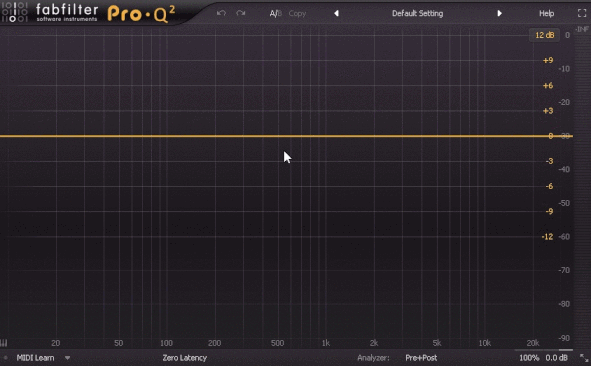
However, we generally use the additive method of equalizing in our mixing but there are some areas of mixing where we should use the subtractive EQ technique.
Such as resonant frequencies of the snare. We can’t minimize that resonance with additive equalization. So we should use narrow bands with high Q subtractive equalization techniques which are called EQ sweeping techniques.
If you want to know more about the EQ sweeping technique, refer to my article How To Identify and Remove Resonant Frequencies [EQ Sweeping]
Here is a quick process for subtractive equalizing for drums.
- On one of the EQ bands turn the Q up and make it pretty narrow
- Increase the gain on the selected band as high as it can go
- Slowly sweep from low to the high frequency on the spectrum
- When you hear a weird ringing frequency, stop there!
- Now, attenuate the gain of the band, until the frequency is minimized to listen
- You can adjust the Q value to fine tune the sweeping
Well, finding the offensive frequencies in the band is not so easy. You need to make your listening as sharp as possible. But with practice, you can achieve the mastery in EQ sweeping technique.
Always use dynamic equalizers for subtractive equalizing. I use Fabfilter Pro Q3 which is one of the best dynamic equalizers in the world
Up next…
Use Additive EQ
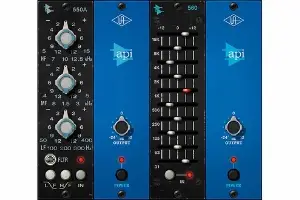
Additive equalization is also a very important task for mixing engineers. Especially drums, where color is a crucial part of the sound we need some additive equalization.
For this equalization process, you can use any type of equalizer but generally, the EQs add some analogue color to the instrument.
I have my UAD effect processor in which I use Manley Massive Passive EQ and API 500 Series EQ Collection.
If you have a budget for UAD processor you can check out UAD satellite Firewire DSP Accelerator that I use in my studio. Or you can check out free Equalizers in my massive list of plugins article.
Here are some frequency areas that you should focus on when EQing drum kits.
Kick
Lows: 50Hz – 100Hz — Adds power
Low mids: 100Hz – 250Hz — Adds fatness
Midrange: 400Hz – 800Hz – Adds mid
High mids: 3kHz – 5kHz — Adds snap, attack, and beater noise
Snare
Low mids: 100Hz – 250Hz — Adds fatness
Midrange: 400Hz – 1kHz
High mids: 3kHz – 5kHz — Adds snap and attack
Highs: 10kHz — Adds ‘air’ and ‘buzz
Toms
Lows: 65Hz – 100Hz — Adds power to floor toms
Low mids: 100Hz – 200Hz — Adds power to toms
Mids: 400Hz – 800Hz
High mids: 5kHz – 7kHz — Adds snap and attack
Cymbals/Overheads
Low mids: 200Hz – 500Hz — Adds “meat” to cymbals
High mids: 3kHz – 5kHz — Adds presence
Highs: 7kHz – 12kHz — Adds air
Note: Too much additive equalization can cause muddiness, harshness and other problems. Even more gain can cause crackles also.
Up next…
Add Vintage Colors to Drums
Everybody loves the vintage sound. No matter how perfect you mix in your DAW, it always has a digital dry feeling in the sound. SO how can you get rid of it?
Simple…
Use analogue emulation plugins. That’s the reason why I use UAD powered plugins. UAD is the biggest and most popular manufacturer of analogue emulation of vintage plugins.
Analogue emulation plugins add that vintage color to your instruments that you miss out on in digital recordings. So, always add at least one analogue emulation plugin to your effects.
When you use analogue emulation equalizers with your drums you can observe what I am telling here. You can use any vintage console equalizer as additive equalizing for drums.
If you have done right, it removes the harshness of the digital signals that you generally get in your tracks and the drums would be more clear and crisp.
Use Gate Plugins for Drums
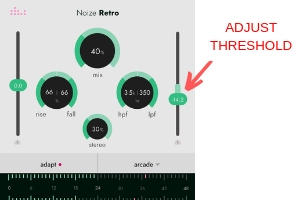
The sounds leakage is a common problem when we record drums in home studios. To get rid of this problem we need to add gating in the effect processing.
What the gate will do is cut off the lower sound signals below the threshold you set up in the gate plugin.
It will help to cut off the unwanted background sound signals and make your drums more clear.
Now you can ask me if gating is not an equalizing technique then why I’ve mentioned it here?
Well, gating is just like equalizer sweeping. But in gating, we sweep out the lower unwanted sound signals whereas EQ sweeping removes certain unwanted frequencies.
To use the gate in drums, we need a good gate plugin such as Noise Retro and
- lower down the threshold to the lowest level.
- Now, start increasing the threshold up.
- At some point, you start feeling that the lower dynamics of drums are cutting down by the gate.
- Stop there and adjust the threshold so that the drum is clearly listenable but background noise is swept out.
- Adjust the attack time to make the dynamics more clear.
Congrats you’ve set up the gate in your drums.
These 5 strategies add more punch, fatness, snap and attack to your drums. And most importantly it clears out your drums and ultimately your song.
Conclusion
Use these 5 drum EQ strategies in your mixes and let me know how effective they are. I will be waiting for your replies in my comment section.
As well as share this article with others in your social circle so that they could also get benefit from these strategies.
Read also,

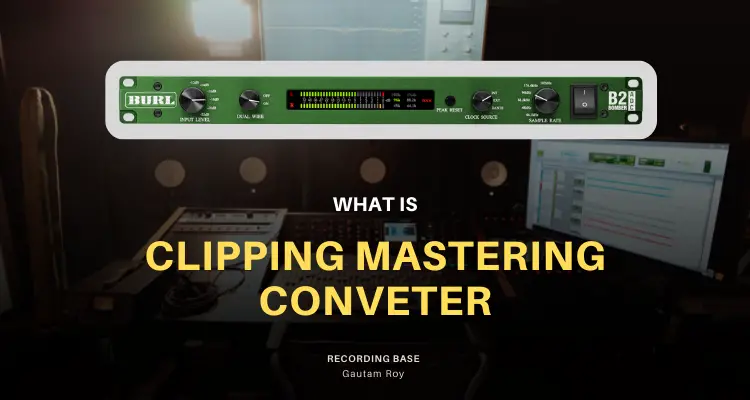
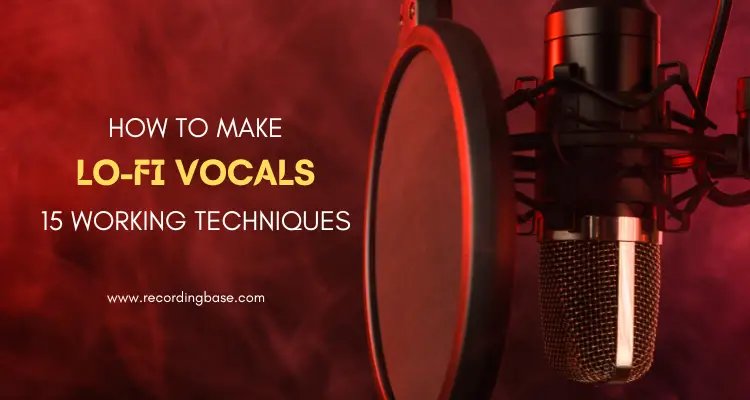
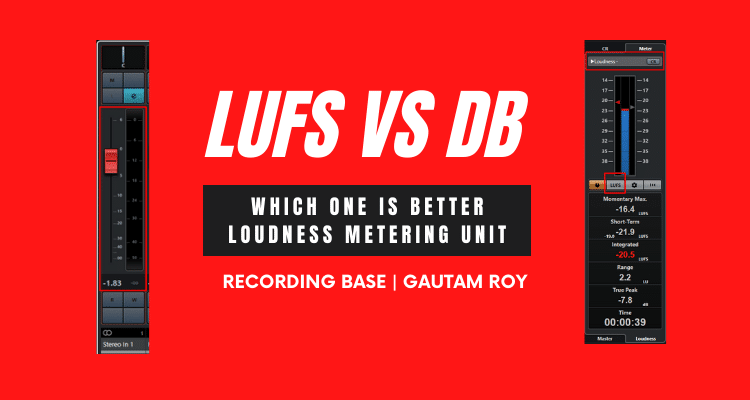



A better name for your article: “Plug-Ins You Need for EQ’ing Drums”
The first tip was simple, but helpful; I’ll give you that.
However, the rest of the “tips” all included needing a plug-in. Perhaps write an article about actual tips using just one’s DAW, rather than directing people to a number of different plug-ins. Misleading and not helpful.
To make things easier for future readers, the rest of the “tips” can be summed up as follows:
Tip # 2: “Always use the dynamic equalizers for subtractive equalizing. I use Fabfilter Pro Q3.” $179.00
Tip # 3: “I have my UAD effect processor in which I use Manley Massive Passive EQ” – $5,600
Tip # 4:”Always add at least one analogue emulation plugin in your effects.”
Tip # 5: “To use the gate in drums, we need a good gate plugin such as Noise Retro.” $12.00